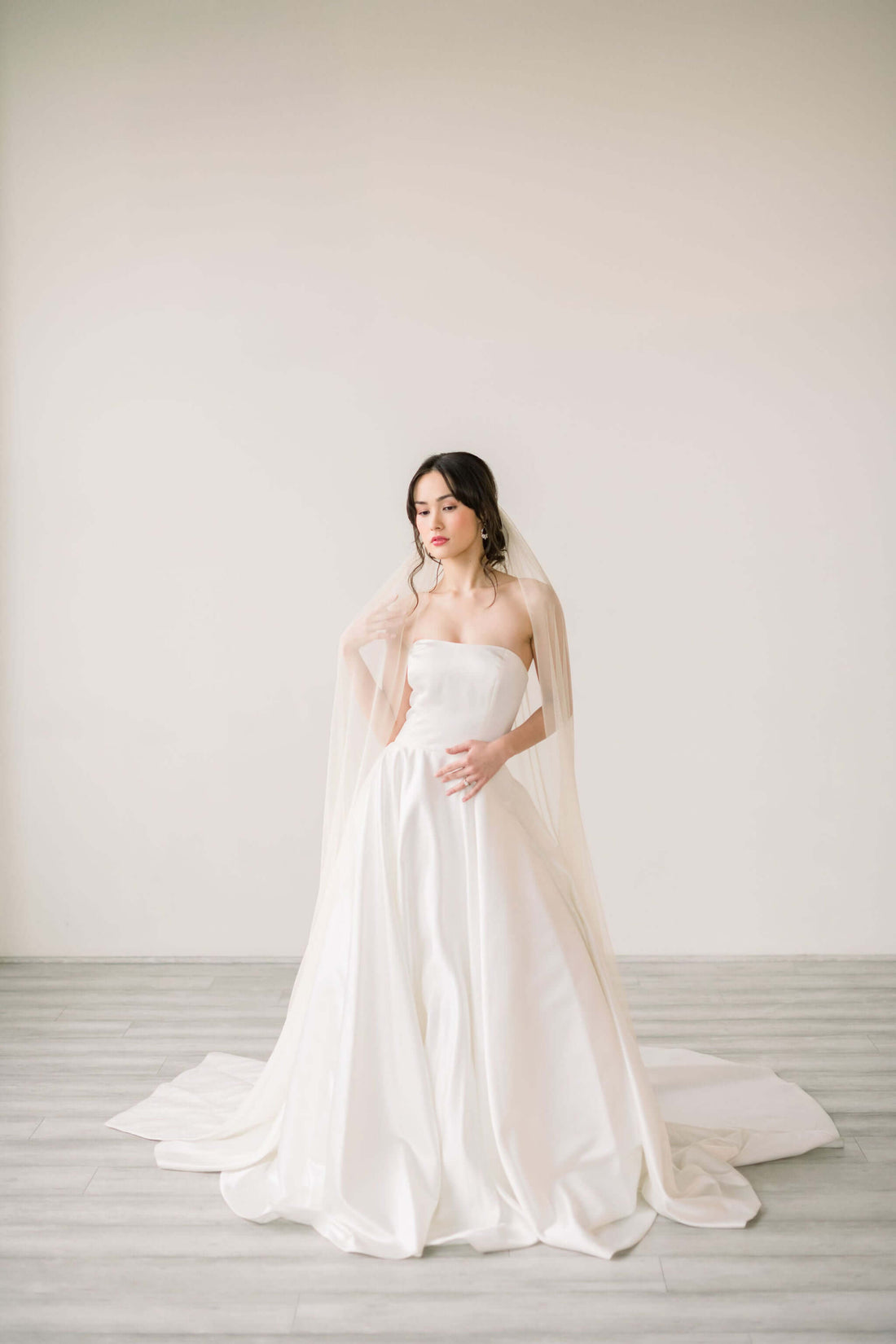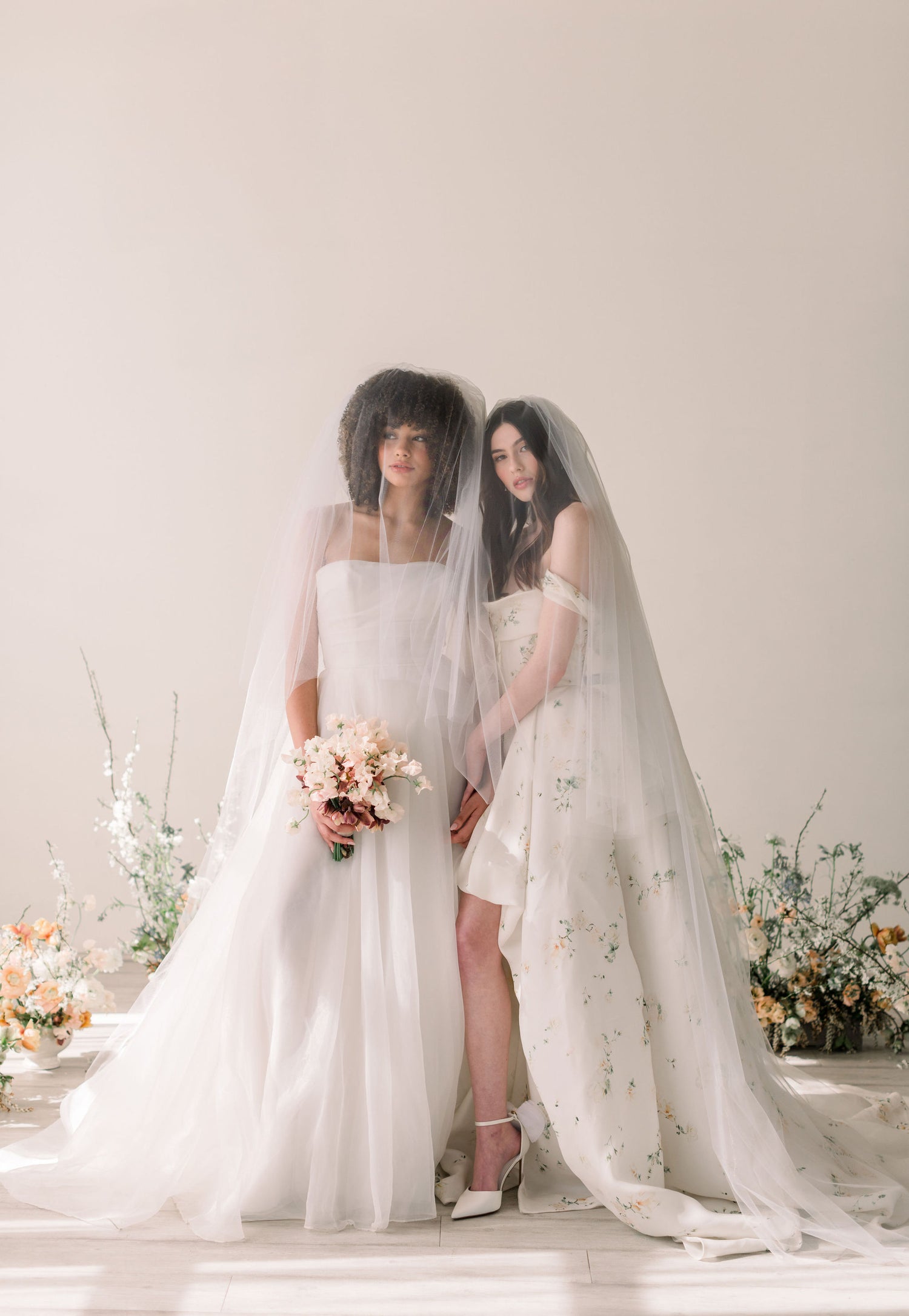
Wedding Veils: Traditions and Customs
A wedding veil is an iconic accessory that is steeped in tradition and holds a significant place in many cultures. Over time, the significance of wedding veils has evolved, and there are several customs and traditions associated with them. Whether you're considering wearing a veil on your big day or simply curious about the history behind this timeless accessory, here's what you need to know about wedding veil etiquette.
The Origin of Wedding Veils
Wedding veils have been used for centuries and have a rich history that dates back to ancient civilizations. In ancient Greece and Rome, veils were seen as symbols of purity and modesty, and brides were often required to wear them as part of their wedding attire. Similarly, in medieval times, veils were used to symbolize the bride's submission to her husband and her role as his obedient wife.
The Significance of Wedding Veils Today
Today, the significance of wedding veils is more symbolic and less practical. For many brides, a veil is seen as a symbol of tradition and a way to pay homage to the brides of the past. Veils are also seen as a way to add a touch of elegance and grace to the bride's look on her wedding day. Additionally, wearing a veil is a personal choice, and many brides choose to wear one because they feel it adds a special touch to their wedding attire.
Types of Wedding Veils
Wedding veils come in many different styles and lengths. Some popular styles include birdcage veils, blusher veils, cathedral veils, and fingertip veils. The length of the veil you choose will depend on the style of your wedding gown, your personal preference, and the formality of your wedding.
When to Wear a Wedding Veil
Traditionally, wedding veils are worn during the ceremony and removed during the reception. However, many brides choose to wear their veils throughout the entire wedding day, as they add a special touch to their look. Additionally, some brides choose to wear a birdcage veil or a blusher veil during the ceremony and switch to a longer veil for the reception.
Wedding Veil Etiquette
Wedding veil etiquette can vary depending on the culture and tradition you're following. Here are some general guidelines to keep in mind:
-
If you're wearing a veil, it's best to have a trusted friend or family member help you put it on and take it off.
-
When wearing a blusher veil, it's traditional for the groom to lift the veil to reveal the bride's face during the ceremony.
-
If you're wearing a cathedral veil, it's best to have someone hold it during the ceremony to prevent it from getting tangled or caught on anything.
-
If you're wearing a birdcage veil, it's best to have it secured with bobby pins or a hair comb to ensure it stays in place.
In conclusion, wedding veils are a timeless accessory that hold a special place in many cultures. Whether you choose to wear one on your big day or not, it's important to understand the history and significance behind this timeless piece of bridal attire. No matter what style or length of veil you choose, the most important thing is to wear it with confidence and let it add to the beauty and magic of your special day.

